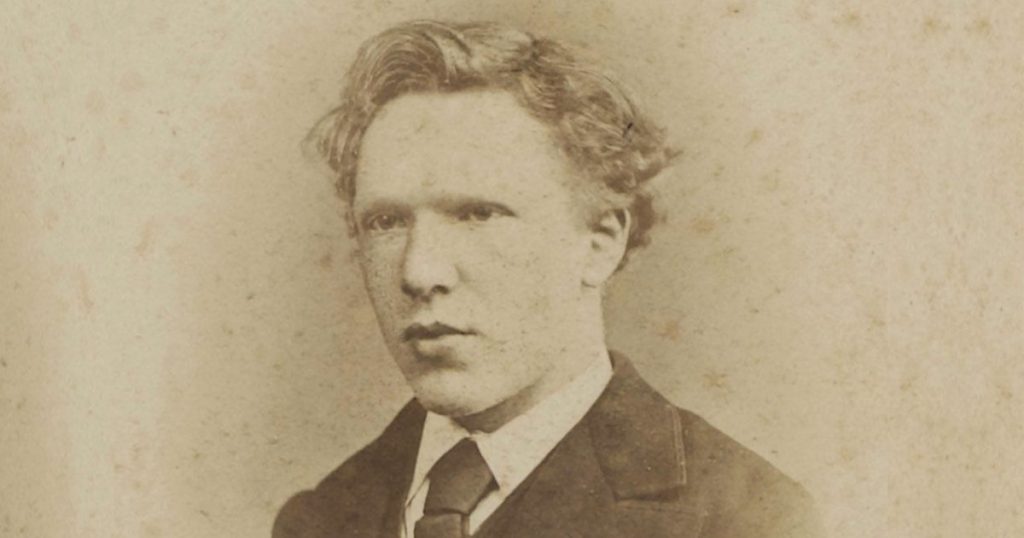Creativity is one ‘way out of the dilemma’ for a replacement child, wrote the late Maurice Porot (French Professor of Psychiatry).
Indeed, creativity may be the health-restoring counterpart to an early encounter with an experience of death that overshadows the coming into existence of a replacement child. Creativity also taps into the fountain of the unconscious from whence one can take inspiration; gaining self-knowledge through a dialogue with images rising from the unconscious, or examining events in every-day life from a symbolic perspective, can become a source of renewal for an adult replacement child.

Before van Gogh became a painter, he professed a severe sense of self-abnegation, which worried even his superiors. When he found art as an avenue, van Gogh for self-expression, he created many works which also expressed his anguish, his search for self. Viewing one of his last paintings, The Sower, we sense an opening towards eternity, conferring acceptance and calm and consoling.
But we should not forget: the man we know as the famous Vincent van Gogh died a poor man; he did not know the success that we associate today with the brilliant colors of the sunflowers, the many trees of life he painted, his exquisite self-portrait and such a treasure trove of paintings. It was Jo Bonger, Theo’s late wife, who was able to manage to get van Gogh’s work the recognition we know today.
Instinctively, van Gogh was drawn to express his deeper feelings which we can now understand in the contect of the replacement child condition. For instance, the grief he felt and carried; if you look at the painting The Potato Eaters, you see a young man bearing the features of Vincent van Gogh vying for the eyes of his mother, seeking her recognition, but she is too downcast, too absorbed, maybe in her grief, or in poverty, to meet her son’s eyes.
What if van Gogh had found access to a psychological understanding of his predicament, had met with the help the mental health sector affords us today? Would he then have sunk into such deep loneliness to finally take his own life? Some replacement children may sympathize with the sense of despair when one is not being seen, or of the pain of not being able to recognize the inner kernel, their original life force.
Van Gogh was fascinated with death; he once broke into a place to see a cadaver, and at the same time he was denying death, like when he referred to a deceased artist friend “…he is not dead”.
An early experience of an ‘absent other’, and compounded by the emotional absence caused by a grieving mother (like in the painting The Potato Eaters), is likely to negatively impact on relationships, later in life – like was the case for van Gogh’s.
Such influences need to be made conscious in order to be addressed and possibly overcome, when the life force can come into full view again, and the unique individual can be validated in his or her own right.
Becoming conscious and therefore able to counter the energy of death which once surrounded their coming into existence, replacement children can re-connect with their own inalienable life force.
An existence in-between the worlds of the living and the departed, may feel uncanny but is an experience shared by many adult replacement children. When this condition is diagnosed, recognized and treated, adult replacement children can find their way back into their own life, as a mortal human being. This may sound banal but connecting with the unique, individual life is the ultimate gift for a replacement child who may have been considered by others, or even has considered him- or herself, to be a revenant.
One way to help prevent an experience of replacing, is to not give the same first name to a child born after a lost sibling, and to see the new child in its own right, with its own irreplaceable characteristics.
Replacement children may look at the work of van Gogh, appreciate his suffering and possibly discover a resonance thereof in their own soul. They may recognize reflections of their own affliction in his life-story and be inspired by the light and the grain of genius van Gogh has offered them in his paintings. This kernel of originality is in all of us.